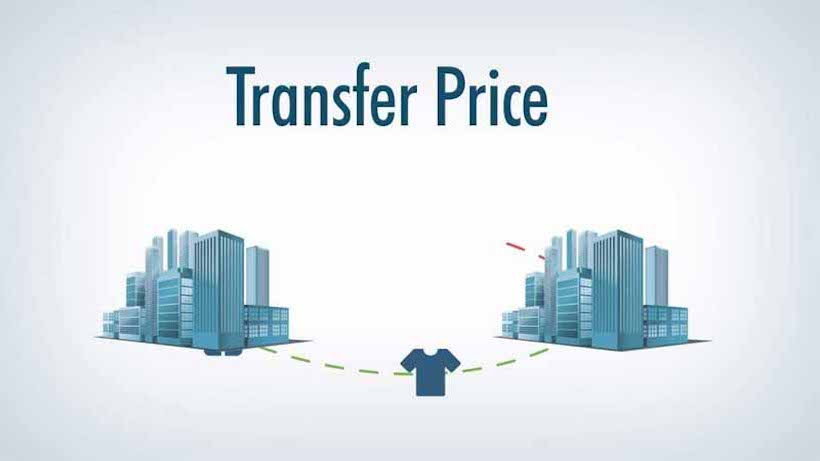Transfer Pricing Definition: When one branch or related party of a multinational company in one country transfers goods, services or know-how to another part / branch in another country, the price charged for these goods or services is called ‘transfer price’. And transfer pricing is a method to compute this price. Generally the transaction between these related parties should happen at an arm length price.Recently we have provided complete details onTransfer-Pricing Case Studiesnow u can scroll down below n check complete details regardingTransfer Pricing Definition and Transfer Pricing Methods.
If you like this article then please like us on Facebook so that you can get our updates in future ……….and subscribe to our mailing list ” freely “
Must Read – CA Final DT Transfer Pricing Summary Booklet
Example :
If ABC ltd is Singapore based company having branches in almost all countries in Asia . In India its operations are being carried on by BAC Ltd. a 100% subsidiary of ABC Ltd. When any transaction takes place between the two entities which results an impact on the amount of tax to be paid then in such cases transfer pricing arises.
Advertisement
Content in this Article
Arm length price :
The “arm’s length price” of transfer pricing means the amount charged by one related party to another for a given product / service must be the same as if the parties were not related. An arm’s length price for a transaction is therefore what the price of that transaction would be in the open market.
Must Read –Nostro Account and Vostro Account Complete Details
Transfer pricing methods in India :
For the purpose of computation of arm’s length price , the Indian Income-tax Act, 1961 , so far, provided 6 methods .
A. Price based methods :
1.Comparable Uncontrolled Price Method .
2.Resale Price Method .
3.Cost Plus Method.
B .Profit based methods :
4. Profit Split Method.
5.Transactional Net Margin Method.
other :
6. Any other method which takes into account the price charged or paid between un related parties considering all relevant facts .
1. Comparable un controlled method :
In this method
A. Compare the prices charged for property or services.
B.Price under ‘controlled (related) transaction’ is to be compared with ‘uncontrolled (un related) transaction’
C. This method requires close similarity in products, property or services that are involved in the transaction.
D. Where the prices of the product fluctuate regularly then timing of the transaction also relevant.
E. Where the prices remain constant over period, such transactions can be aggregated and be benchmarked together.
Must Read –Capital Structure
2. Cost plus method :
A. This method determines arm length price by adding Gross Profit Margin earned in comparable transaction / by comparable companies to the cost incurred by Tested Party under controlled transaction.
B. This method is useful when tested party is supplying made to order goods for example electronic gadgets that can be finished simply by assembling ,to its related party .
C. This method can also be considered for provision of services.
D. It determines arm’s length sale price for goods or services
Therefore, it would be applicable primarily in case of transfer of goods / services between Tax Holiday and other units
In other cases, it can be applied only where the other party is treated as ‘Tested Party’.
Must Read –52 weeks High and 52 weeks Low price
3.Resale price methods :
A. This method computes purchase price paid to related party based on its resale price to unrelated party.
B. It is extremely useful to determine arm length price of purchases made by the distributor from related party.
C. This method considers that the distributor does not carry out any material value addition activity
1.Distributor should be carrying out only distribution activities
2.Marketing and Promotion are considered value additive unless they are routine in nature.
D. When the distributor owns intangibles, then this method would ordinarily not be useful.
E. This method is difficult to apply if the product purchased lacks its identity at the time of resale as the resale price can’t be computed.
F. This method can be easily used on aggregate basis where the distributor distributes various products of similar class .
4.Transactional net margin method :
A.This method compares the net profit margin under controlled transactions with the same net profit margins under comparable uncontrolled transaction by the tested party in
B. Alternatively can be compared with the margin earned by independent comparable companies.
C. As it uses net margins to determine arm’s length prices this method is a less direct method than the price based method.
D. Many factors may affect net profit margins but may have nothing to do with transfer pricing.
E. This method tests the net margins of the tested party which is completely different from gross margins in case of RPM or CPM.
Must Read –Accounting Rate of Return, Average Rate of Return
5.Profit split method :
A. Profit Split Method computes the arm’s length profit based on combined profits derived by related parties.
B. This method is used when related enterprise transactions are included that it becomes very hard to conduct a transfer pricing analysis on a transactional base. The priority function to do is combined net profit acquiring to connected entities from a transaction is decide. After that combined net profit is allotted in between connected entities with mention to market income gained by free enterprises in comparable transactions.
Recommended Articles
- CA IPCC Result
- CA Final Result
- CPT Result
- Corporate Social Responsibility Complete details

